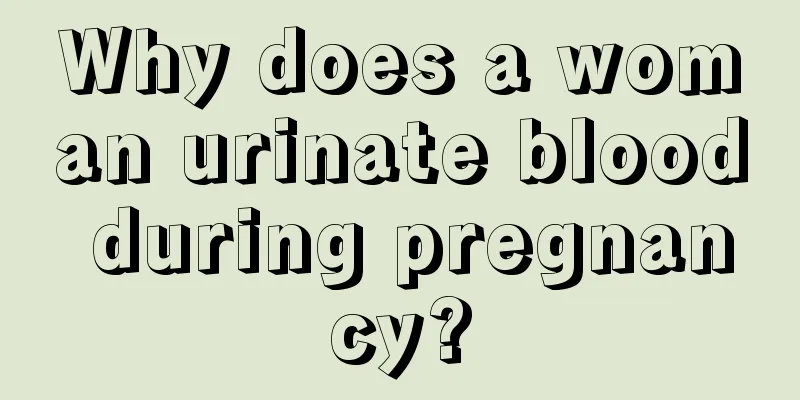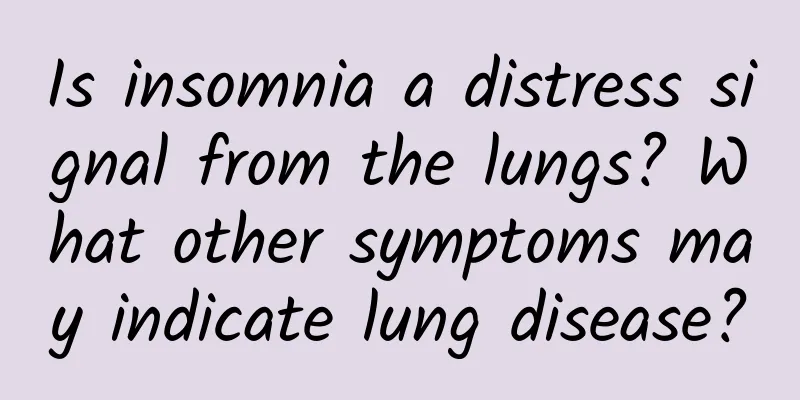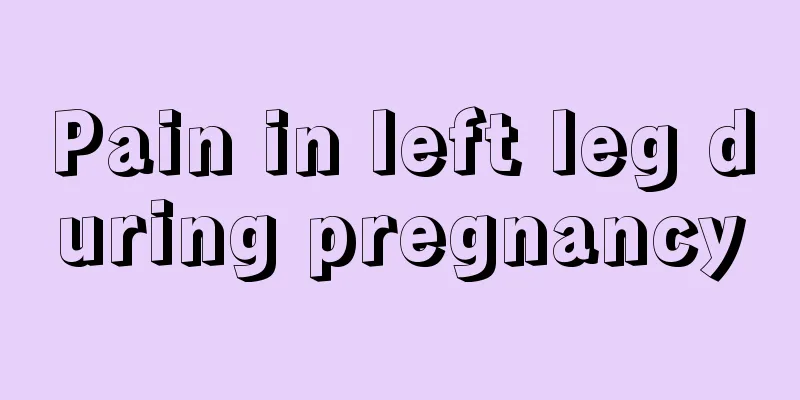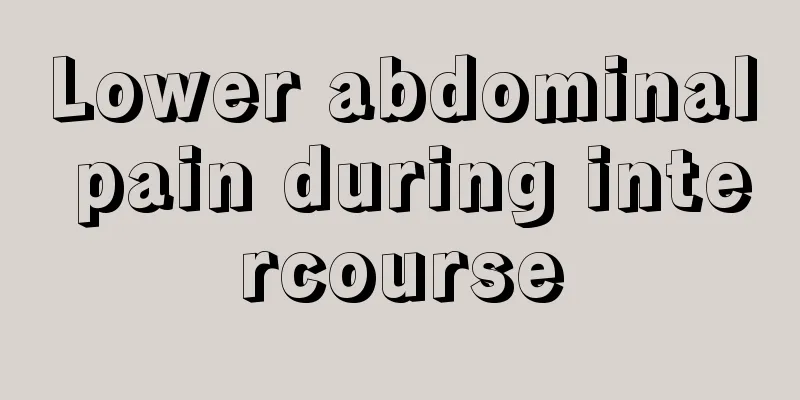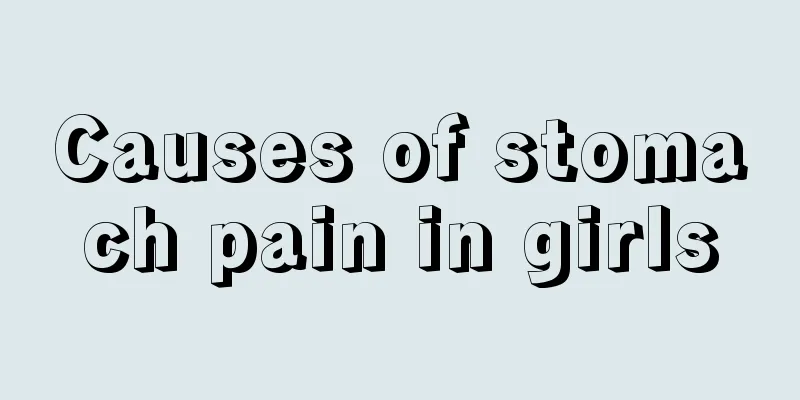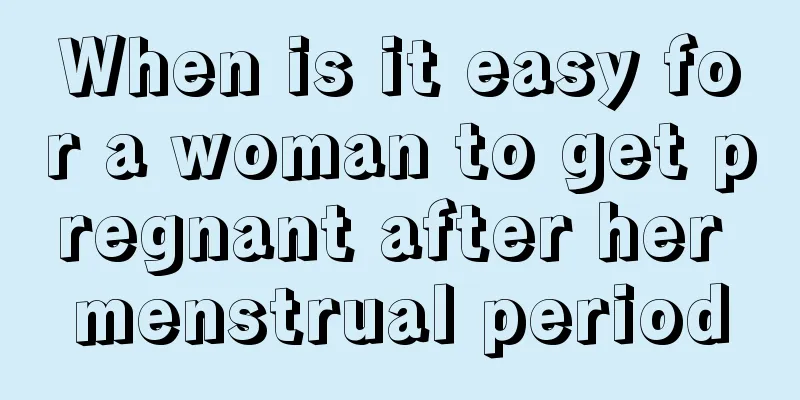How to treat uterine adhesions

|
Uterine adhesion is a disease that is relatively simple to treat, but you need to take appropriate surgical treatment at the beginning and carry out targeted treatment. Otherwise, you will miss the best time for treatment, causing your condition to become more and more serious, and eventually it will be out of control, and it may even lead to the sequelae of infertility. Once it happens, there is no way to cure it. Hysteroscopic therapy: The clinical application of hysteroscopy can not only determine the degree and type of adhesion, but also determine the toughness of adhesion. Membranous adhesions and fibromuscular adhesions can be separated under hysteroscopy or removed with surgical scissors; while dense connective tissue-like adhesions require electroresection under B-ultrasound monitoring, followed by placement of an intrauterine contraceptive device to prevent re-adhesion, and continuous administration of estrogen and progesterone to promote endometrial growth. It helps patients to resume menstruation and some of them can become pregnant again. 1. Lower abdominal pain If the patient's condition continues to worsen, abdominal pain will occur, mainly during menstruation, and some may even affect normal rest and sleep, bringing great impact on women's life and work. Generally, about one month after an artificial abortion or curettage, sudden spasmodic pain in the lower abdomen occurs. Some patients have severe abdominal pain, restlessness, difficulty moving, and even passing gas and defecation are painful. 2. Abnormal menstruation If the cervix is completely adhered, amenorrhea may occur. If the cervix is partially adhered or the endometrium is partially destroyed, there will be scanty menstruation but normal menstrual cycles. If it is caused by cervicitis or other inflammation, it will lead to amenorrhea in patients. Some patients will experience abnormal phenomena such as irregular menstruation, prolonged menstruation, dark menstrual blood, etc. 3. Abnormal pregnancy Patients are prone to pregnancy failure, including early and mid-pregnancy miscarriage, premature birth, ectopic pregnancy, missed miscarriage, intrauterine fetal death, etc. Infertility is the main symptom of this disease. The disease will cause damage to the endometrium and adhesion of the uterine cavity, which will prevent the fertilized egg from implanting normally and ultimately lead to infertility. Pregnancy-related intrauterine surgeries include negative pressure aspiration of the uterus in early pregnancy, curettage and dilatation in mid-pregnancy, curettage and dilatation for induction of labor in mid-pregnancy, curettage and dilatation for postpartum hemorrhage, and curettage and dilatation for spontaneous abortion, etc. This may be because the basal layer of the endometrium of the pregnant uterus is more easily damaged, causing the uterine walls to adhere to each other and form permanent adhesions. |
<<: How to treat uterine bleeding?
>>: Back pain after menstruation
Recommend
What causes breast swelling and enlargement?
Whether men or women, they are usually very conce...
Leucorrhea reddish brown no odor
Secretion is a liquid secreted by a woman's v...
Understand at a glance: 9 major issues you must know about when pregnant women are tested positive!
Will pregnant women infected with "Omicron&q...
Postpartum diet for normal delivery in the first week
The confinement period for women is crucial for t...
Why does vaginal itching occur during menstruation? The reason is actually like this
What causes vaginal itching during menstruation? ...
After this age, muscle loss will occur quickly! Many people don’t pay attention until they fall, break bones, become unable to take care of themselves…
There is a saying that "saving money is not ...
What causes brown menstrual period?
Women should pay attention to their menstrual hea...
What are the diagnosis and treatment methods for breast diseases?
For women, breast health is very important. In to...
A little bleeding during pregnancy
If you have a little vaginal bleeding during preg...
How to eat beets? Are beets sweet?
Beet, also known as beetroot, sugar beet, is an i...
How long is a normal menstrual period?
Every female friend will experience the menstrual...
What are the symptoms of acute vulvar ulcer?
In today's society, the incidence of gynecolo...
Abdominal pain due to missed period
Although menstruation is an old friend of girls, ...
What should I do if postpartum hair loss is particularly severe?
Most women will encounter the problem of postpart...
Exploring the cause and talking about anesthesia 2: Anesthesia options for patients with neuromyelitis optica
A 60-year-old female patient was admitted to the ...
![[Medical Q&A] Are palpitations and chest pain signs of coronary heart disease?](/upload/images/67f0e2eb568f1.webp)
